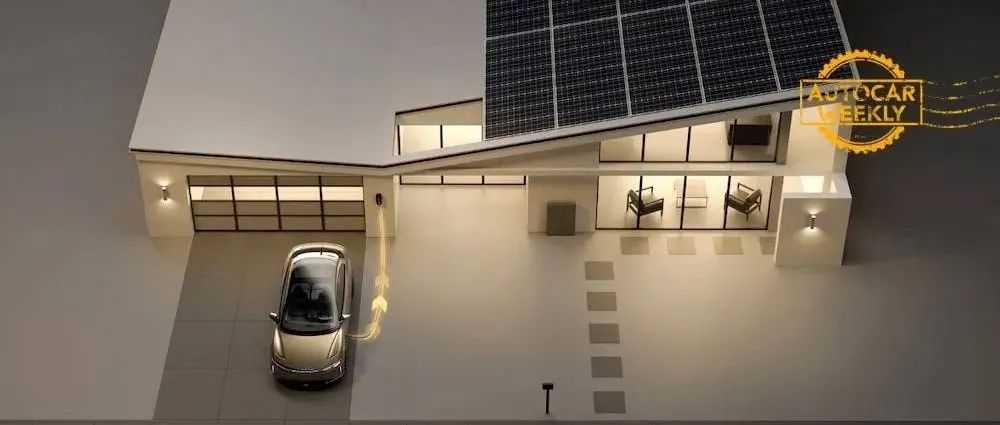This article is reproduced from autocarweekly WeChat official account.
Author: Finance Street Lao Li
The future intelligent electric vehicles not only work for humans, but also for the sun.
Last week, Lao Li and his friends planned a documentary about the future of intelligent electric vehicles. The content roughly is: In the future smart city, intelligent electric vehicles are the centralized carriers of vehicles, energy, transportation, communication, and environmental changes, and will become more important life tools than smartphones. Though it sounds distant, please believe that these scenes will appear in our daily life within 3 years.
Since this year, many investors have seen that Tesla is currently promoting the cross-border integration of energy, transportation, and automobiles in Europe and America. They want Chinese consumers to quickly feel that the future of intelligent electric vehicles is “more than just cars” through the documentary. It will help to deepen their understanding of secondary markets such as energy and communication, and contribute to the increase of their market value.
Today, Lao Li chats with everyone about the first topic “Integration of Cars and Energy”, and how new energy vehicles integrate with energy through “light storage and charging and discharging”. Why is Tesla the first energy company in the automotive industry? When will the integration of intelligent electric vehicles and energy become popular in China?
What is the integration of new energy vehicles and energy?
With the correct direction, the business can be refined. Before discussing this topic, Lao Li has selected a paragraph from the “Development Plan of New Energy Vehicle Industry (2021-2035)”:
“New energy vehicles integrate revolutionary technologies including new energy, new materials, the Internet, big data, artificial intelligence, etc., promoting automobiles shift from pure transportation tools to mobile intelligent terminals, energy storage units, and digital spaces, promoting the transformation and upgrading of energy, transportation, information, and communication infrastructure, optimizing energy consumption structure, improving the intelligent level of transportation system and urban operation, which is of great significance of building a clean and beautiful world and constructing a community with shared future for mankind.”
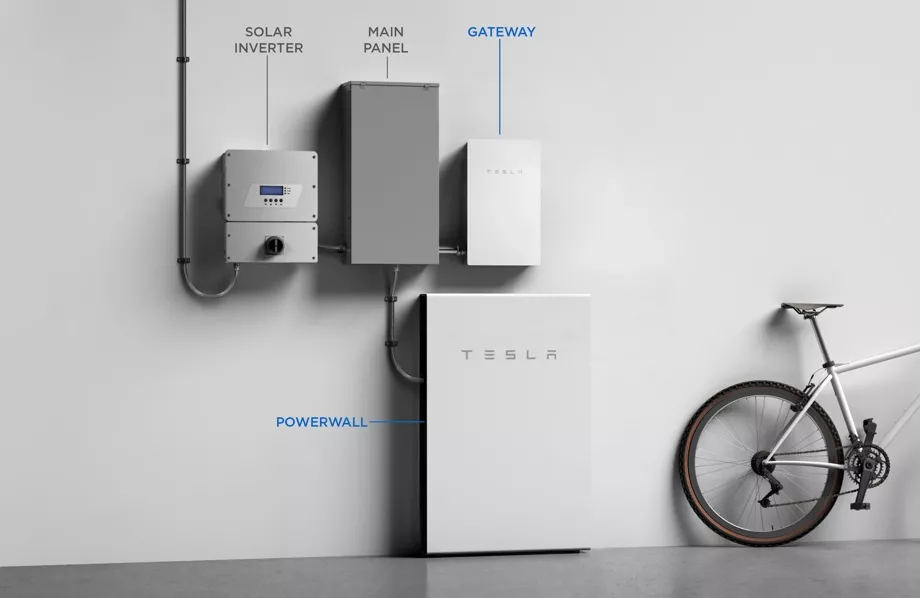
The strategic significance and future scenario of intelligent electric vehicles are described very clearly in this sentence. Lao Li wants to say that the government’s judgment on the industry planning and future pattern of new energy vehicles is really farsighted.
As for the big background, although new energy vehicles are zero-emission, since thermal power is the main source of power in China, energy is not zero-emission. Therefore, after the “30-60 double carbon goal” was proposed, renewable energy represented by wind and photovoltaic power will gradually replace coal-fired power as the representative of non-renewable energy. The leapfrog development of new energies such as wind power and solar power generation bring new opportunities for the development of energy storage.Regarding the integration of new energy vehicles and energy, the “Development Plan for the New Energy Vehicle Industry (2021-2035)” also provides relatively clear explanations: to promote the efficient synergy between new energy vehicles and renewable energy, and encourage the construction of “integrated stations” for “photovoltaic power generation-storage-charge-discharge” (distributed photovoltaic power generation-energy storage system-charge-discharge).
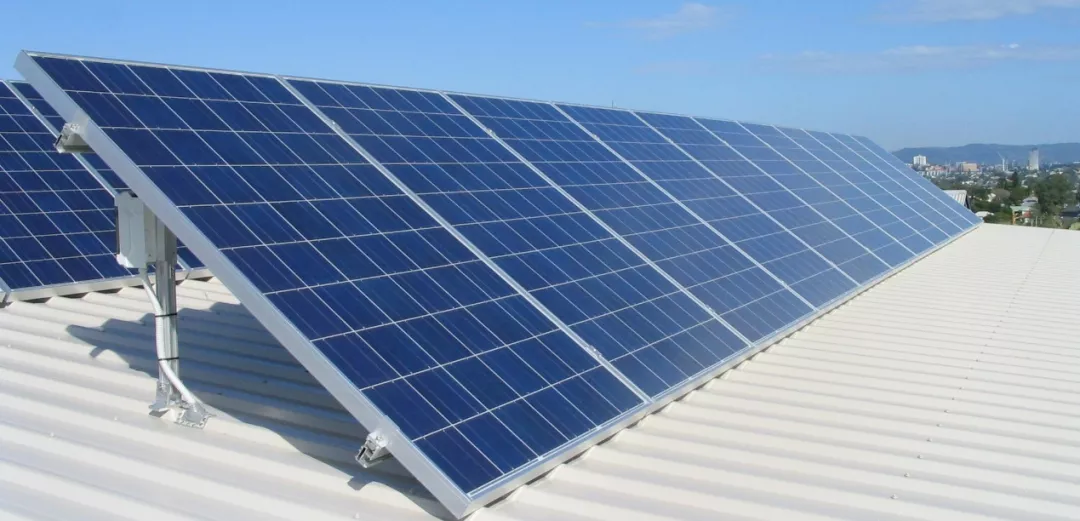
From a technical perspective, Lao Li believes that this sentence can be understood in two types of scenarios:
The first type is fixed “photovoltaic power generation-storage-charge-discharge”, which is the most common fixed microgrid. It utilizes photovoltaic power generation to store electricity in energy storage batteries. The energy storage batteries supply electricity to the charging pile. Through the photovoltaic power generation-storage-charge-discharge system, solar energy is transferred to the vehicle’s power battery for vehicle use. The new energy vehicle becomes zero-emission from energy to vehicle.
The second type is a mobile microgrid, which has been emphasized by Zeng Yuqun. The first of the three development directions of CATL is “mobile energy storage substitution.” New energy vehicles are equipped with battery packs with a degree above 60 degrees. When discharging is satisfied, it becomes a typical “mobile energy storage” tool. The integration of vehicles and energy includes two concepts of charge and discharge. Clean energy is charged into the vehicle, and the vehicle is used as an energy storage tool for discharging. What we usually refer to as V2G (Vehicle-to-Grid) is only one form of discharging.
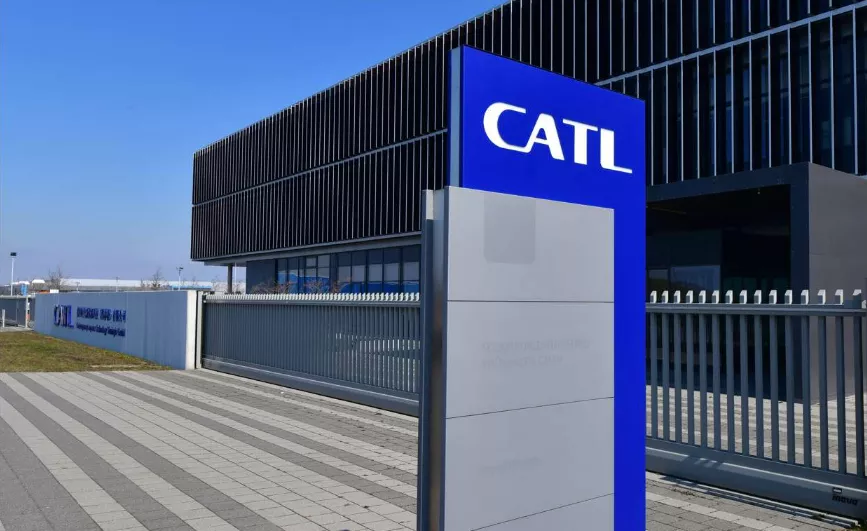
Many friends may ask when the integration of vehicles and energy will become a reality. In terms of industry and capital, the view on “photovoltaic power generation-storage-charge-discharge” is: the development stage of “photovoltaic power generation-storage-charge-discharge” is like that of new energy vehicles ten years ago. Considering the speed of industry integration and the acceleration of technology and cost development, the maturity and popularization of photovoltaic power generation-storage-charge-discharge will far exceed that of new energy vehicles. In 3-5 years, photovoltaic power generation-storage-charge-discharge will have the opportunity to be widely promoted and applied in cities or rural areas.
Therefore, since this year, “photovoltaic power generation-storage-charge-discharge” has been the most concerned field in the secondary market. Despite the surge in new energy vehicles, this field is still undervalued. Although China’s new energy vehicles started early, they are not as good as European and American countries in the construction and application of “photovoltaic power generation-storage-charge-discharge.” Due to the electricity price, the development of photovoltaic power generation-storage-charge-discharge in China has been slow, and there has not been an energy company like Tesla.
Why is Tesla an energy company?Tesla is the best company in the world that combines cars and energy, and it is not only a car company, but also an energy company. If Tesla is half a position ahead of other car companies in the field of autonomous driving, then it is a full position ahead of other companies in the field of energy.
When it comes to Tesla’s energy, people generally think of Superchargers. However, this is not all of Tesla’s energy. In the previous text, Li mentioned that charging is just one part of the combination of cars and energy. With Tesla’s commercialization as an example, Li briefly discussed the industry chain and commercial value distribution of the “Light-Storage-Charging” system.
The “Light-Storage-Charging” system of Tesla includes three products. The first “Light” product is Tesla’s Solar Panels. In this “big solar” concept, you can feel the infinite market space simply by looking at the market value of LONGi Green Energy Technology. The second product is the Powerwall home battery pack, a fixed home “charger” with a low capacity but sufficient for household use. In the past, Tesla did not have battery production capacity, and the Powerwall home battery pack had been using Panasonic’s battery cells. Now Tesla has its own battery cell manufacturing capacity. In a larger context, Tesla’s car power batteries can be viewed as another product in the “Storage” stage, and they serve as mobile household “chargers”. The third product is the Supercharger, a “Charging” product that everyone is familiar with.
In June of this year, China’s first Tesla Light-Storage-Charging integrated Supercharging station was completed in Lhasa. It was mainly used for publicity purposes. In July, Tesla launched the first Light-Storage-Charging integrated charging station in the eastern region in Baoshan, Shanghai. If it is successful in Shanghai, it will quickly spread throughout the country.
Tesla’s Light-Storage-Charging system can also be divided into two application scenarios. The first scenario is the Light-Storage-Charging system in public areas, namely the Light-Storage-Charging integrated charging station. After the solar roof system generates electricity, the energy is stored in the Powerwall battery, which can ultimately supply part of the daily charging demand of pure electric vehicles. The second scenario is the Light-Storage-Charging system for private households, namely the “home Light-Storage-Charging micro-network”. Solar power is generated, and Powerwall and new energy vehicle battery packs are used as energy storage tools to meet the household’s electricity demand.# Tesla’s Exploration in Energy Control Field
Tesla has made many attempts in the energy control field besides the key parts. Earlier this year, Tesla’s self-produced solar inverter was launched, replacing third-party inverters such as SolarEdge and Delta. With deep integration with Powerwall, it filled the gap in interactive control of household power storage, and in the field of commercial energy storage, launched a energy storage solution called Megapack for large-scale users, realizing energy digitization and providing imagination for valuation.
In the capital market, Tesla’s market value cannot reach $1 trillion only by relying on new energy vehicles. Tesla’s market value includes automobiles, energy, autonomous driving, and big data. With the mass production of Tesla’s 4680 battery, the importance and influence of Tesla’s energy will be no less than that of Tesla’s automobiles.
The reason why the capital market values Tesla’s photovoltaic storage is its popularity. Tesla’s new energy vehicle has an annual sales volume of about 500,000 units, and China is one of the largest markets. According to Goldman Sachs’ forecast data, the global annual installation volume of Tesla’s photovoltaic storage integrated system exceeds 300,000 units, and it is expected to exceed one million units next year. The incremental elasticity is greater than that of new energy vehicles, but the construction of photovoltaic storage facilities in the Chinese market is basically zero.
The capital market has captured the trend of industrial development sensitively, but domestic automakers have not yet laid out in this field. The main companies that layout photovoltaic storage in China are Ningde Times and Huawei. Tesla’s short-term promotion in China is not easy, but its competitiveness is very obvious in a five-year time dimension.
How Far Away Is China’s Photovoltaic Storage?
The development of photovoltaic storage in China has been slow in the past, mainly because of the poor external environment. First, China relies mainly on thermal power, and the on-grid electricity price is very cheap. Second, urban households in China do not have the conditions to install basic infrastructure for photovoltaic storage.
European and American countries have obvious advantages in this field. From the perspective of residential electricity cost, China’s electricity cost is about 0.08-0.1 US dollars per kilowatt-hour, the United States is about 0.15 US dollars per kilowatt-hour, and European countries are mostly above 0.2 US dollars per kilowatt-hour. European and American families are scattered and have large areas, with innate advantages in installing basic infrastructure for photovoltaic storage.
Although there is no good foundation in China, the government has been issuing policies to promote the development of photovoltaic storage in the past two years, and has built many integrated photovoltaic storage charging stations. Photovoltaic storage charging stations in Jiangsu, Hainan, Shanghai, Beijing, Shandong and other places have been put into operation. However, due to cost and operation issues, they are mostly in the stage of “demonstration operation” and have not been widely promoted.When the capital market believed that the “light-storage-charge” would be delayed due to marketization issues, the country announced the “dual-carbon target”, which means that the proportion of clean energy use must be increased domestically.
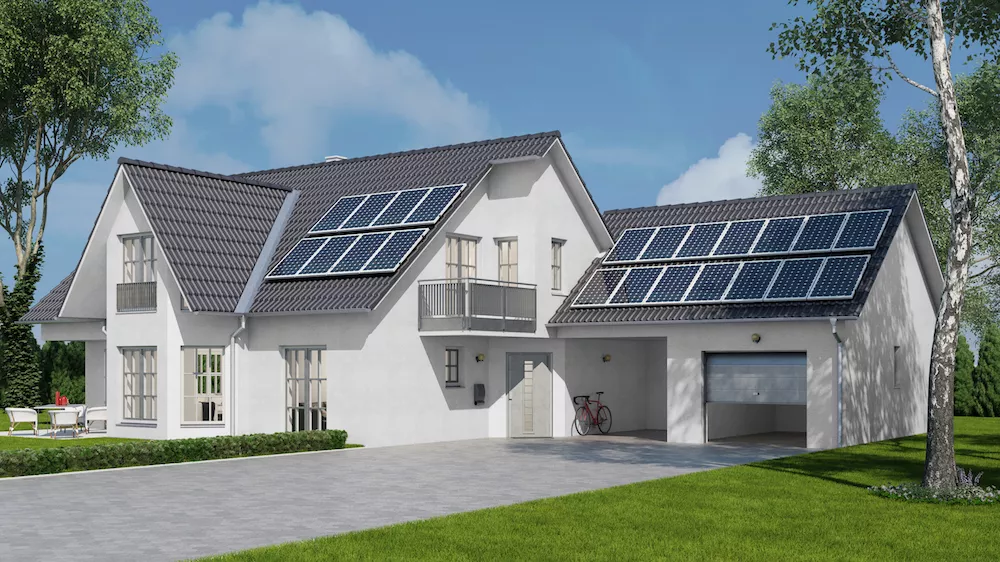
At this point, Lao Li remembers the new energy vehicles ten years ago. Ten years ago, new energy vehicles were developed in the form of “one thousand vehicles in ten cities” demonstrations. In the market’s view, the high cost, inconvenience, and average technology level of new energy vehicles made it difficult to have the conditions for large-scale promotion. However, the huge national subsidies and the inflow of social capital accelerated the technological maturity and cost reduction of new energy vehicles, leading to the current development pattern.
Today’s “light-storage-charge” is also similar. It faces similar high costs and low safety issues like new energy vehicles did back then.
If we dissect “light-storage-charge”, China is at the forefront of the world in the fields of photovoltaics and charging. However, the development speed of energy storage is not enough. In the first half of this year, the largest light-storage-charge demonstration project in Beijing had a fire, causing concern about the safety of energy storage from all walks of life. How to ensure the safety of batteries is the key issue that “light-storage-charge” projects need to focus on. CATL released sodium-ion batteries this year, which are mainly used in energy storage. The stability of sodium-ion batteries can solve the safety issue to a certain extent.
Many friends also mentioned cost and grid-connection issues. Compared with China’s low electricity prices, the construction cost of “light-storage-charge” cannot be calculated using traditional methods. However, the construction cost of “light-storage-charge” will continue to decrease. Under the dual-carbon target, the usage rate of clean energy will become higher and higher, and cost parity is only a matter of time.
The grid-connection issue may be more difficult to solve than the cost issue. In fact, whether it is mobile energy storage or fixed energy storage, whether V2G can be achieved is not important. Users only need to use electricity reasonably within the “microgrid”. In essence, the “light-storage-charge” integrated energy innovation project is the user of the shared smart energy ecosystem, transforming from traditional “consumers” to “prosumers”, where each user can both use and generate electricity.
The industrial revolution has provided investment new opportunities for capital practitioners and increased research difficulty. In the first half of this year, no one could predict the explosive growth of the penetration rate of new energy vehicles. Similarly, at the forefront of the wave of change, we cannot predict the explosive point or deny feasibility. “Not missing any opportunity” may be the best attitude.
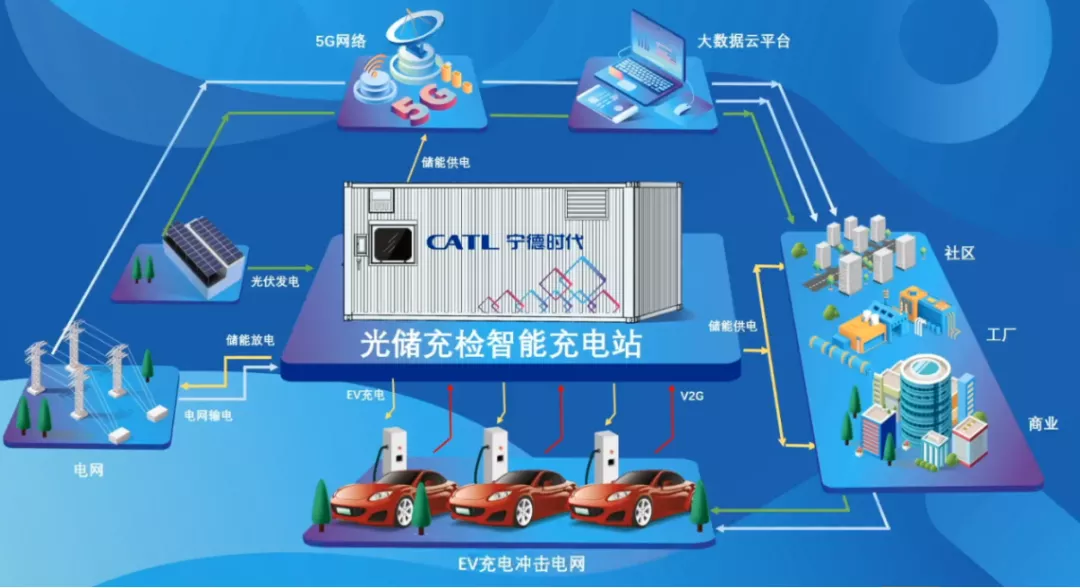
This article is a translation by ChatGPT of a Chinese report from 42HOW. If you have any questions about it, please email bd@42how.com.
